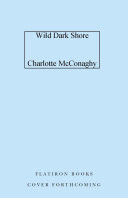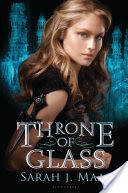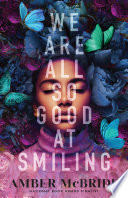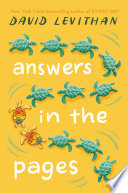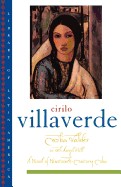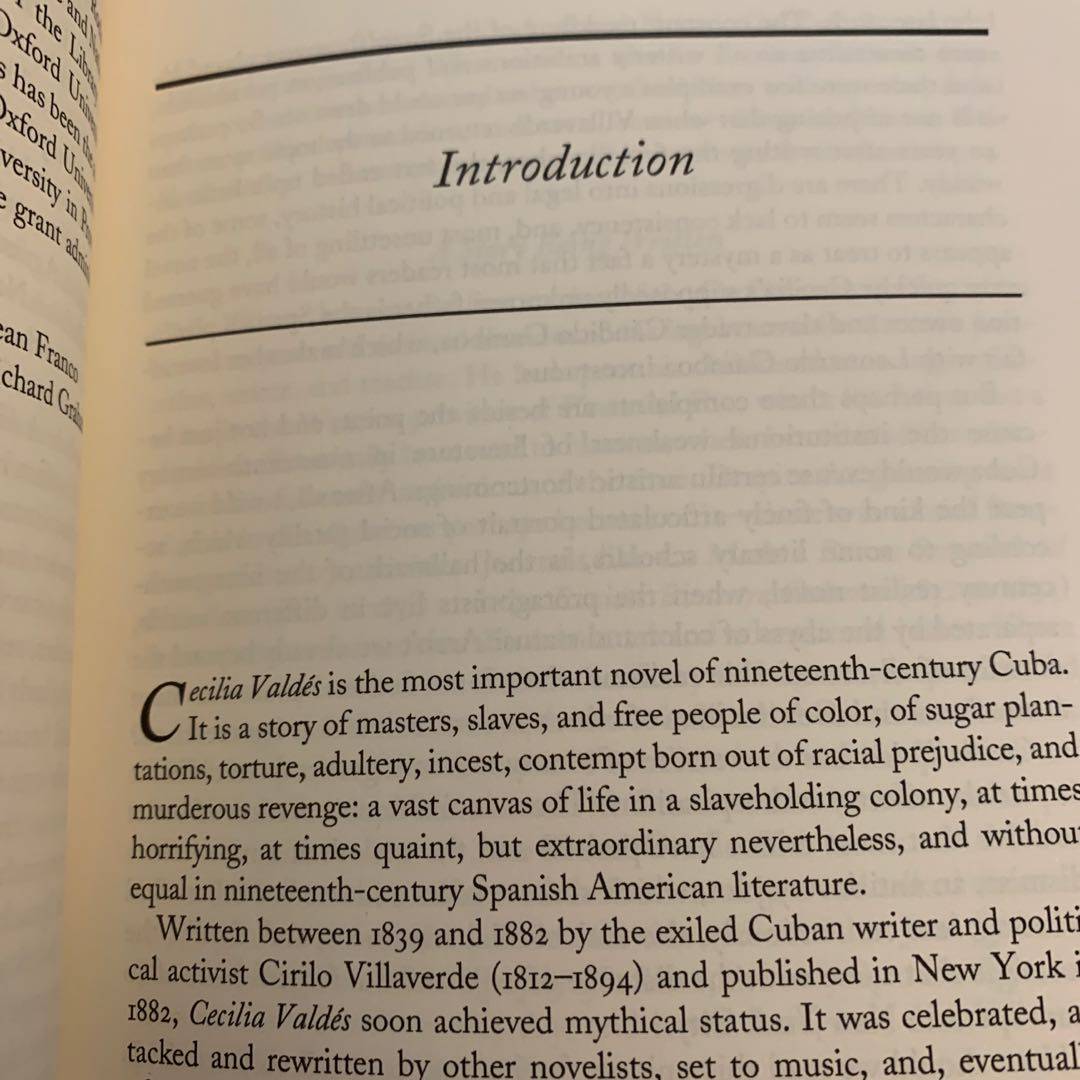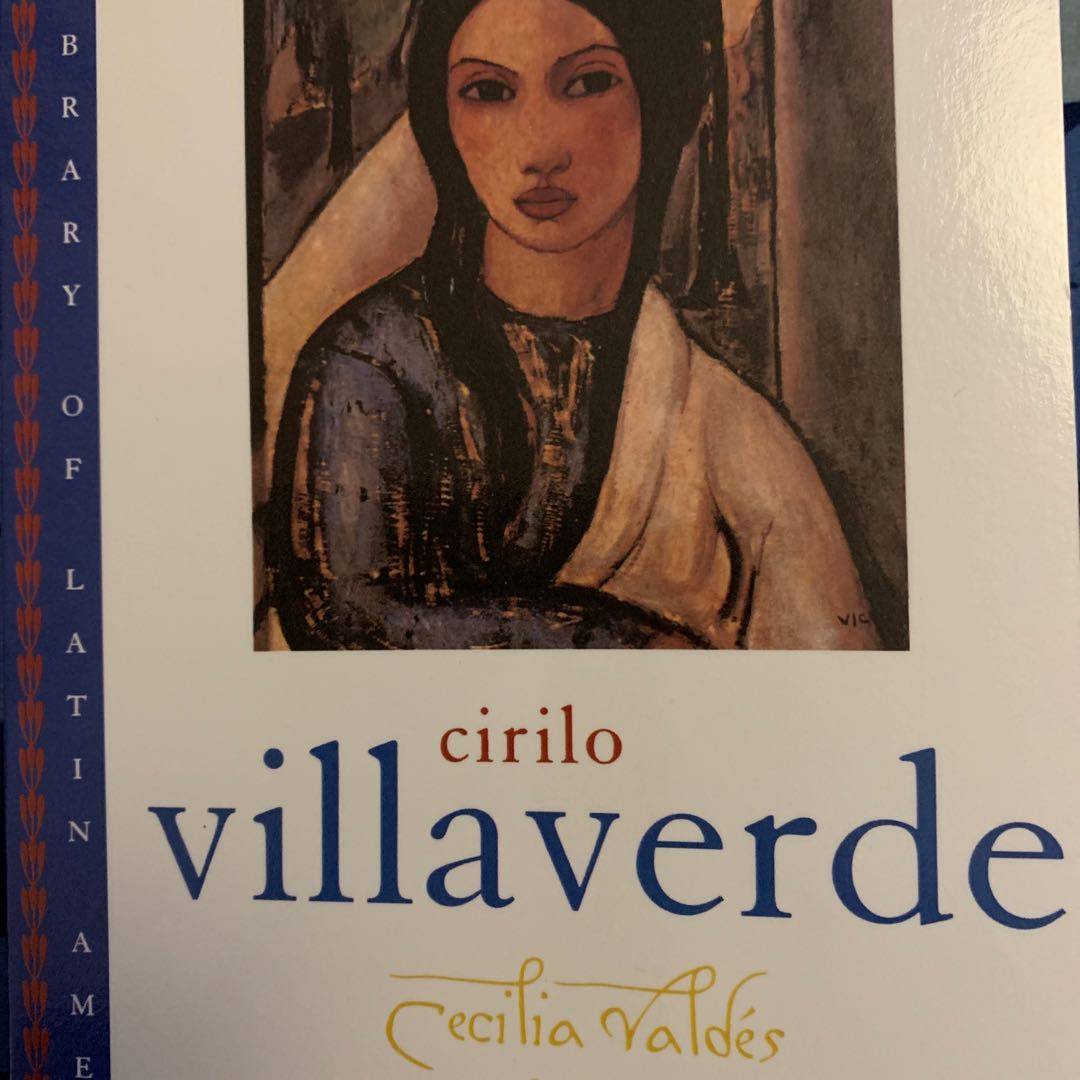
Finally finished this #AlmostAChunkster for #FoodAndLit #Cuba
It wasn‘t what I expected. It felt like a cross between a Jane Austen novel, Moll Flanders, and Gone with the Wind?
Set in nineteenth century Cuba, young Mulatto Cecilia (of unknown parentage, though we know straight away really) falls in love with a rich white man Leonardo. It is regularly remarked upon that she looks like his sister Adela. This is not a coincidence… 👇🏻







